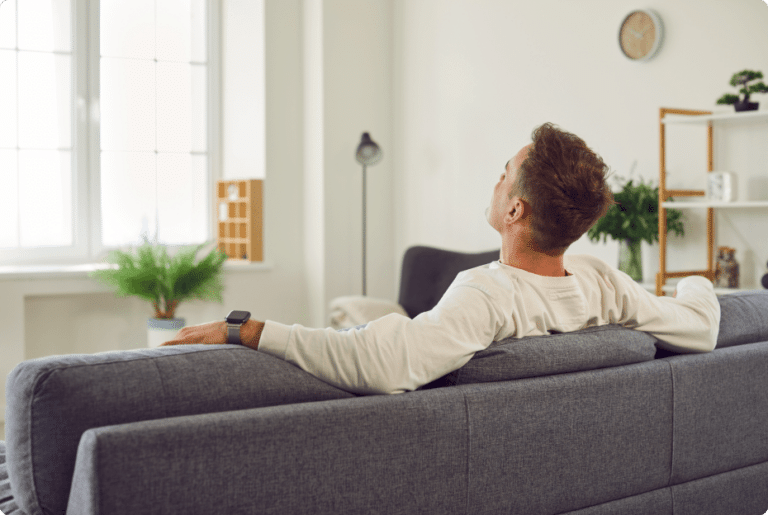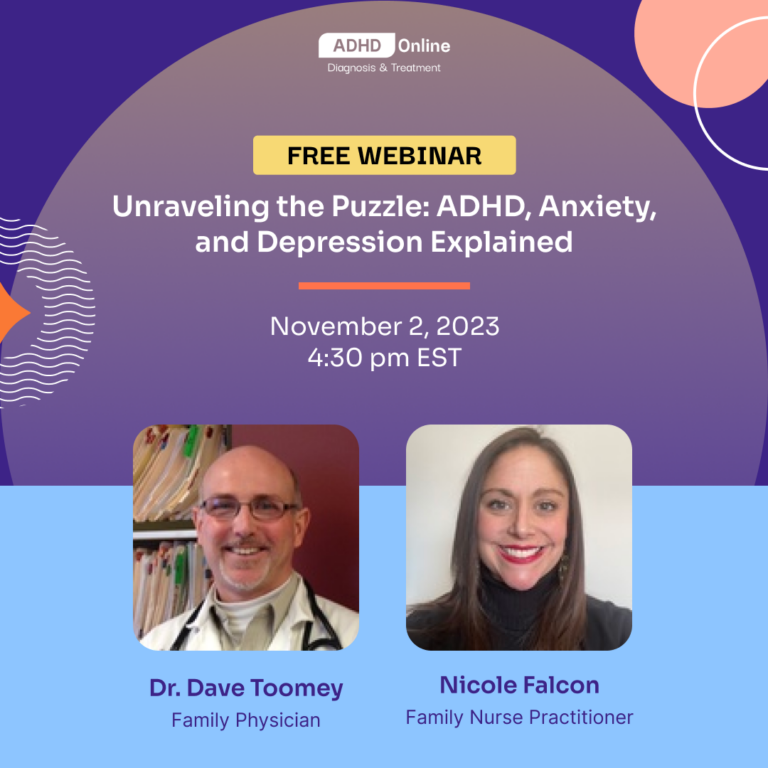By Lisa Fields
Many people with ADHD seek medication and psychotherapy to manage their symptoms. If you are one of those people, and aren’t getting the results that you want, should you seek a lesser-known ADHD treatment called neurofeedback therapy?
The therapy may help some patients control certain ADHD symptoms, but experts say more research is needed before the treatment can be widely recommended by doctors and therapists.
Neurofeedback therapy may help some people with ADHD learn how to train their brains to focus more effectively and avoid distractions.
“The aim is to help individuals with ADHD learn to self-regulate and improve attention, impulse control and other ADHD-related symptoms,” says Jared Heathman, MD, a psychiatrist in Houston.
But others with ADHD may not benefit from the therapy. And another issue to consider: the therapy can be expensive, and is often not covered by insurance.
How neurofeedback therapy works
When someone with ADHD visits a therapist for a neurofeedback therapy session, the therapist places painless sensors at different locations on a person’s scalp, to measure their brainwaves. The sensors are connected by wires to an electroencephalograph, a machine that measures the brain’s electrical activity. The procedure is called an electroencephalogram, or EEG.
Once the system is operational, the person’s brainwaves are displayed in real time on a computer screen. The therapist then asks the patient to do different activities, which alter their brainwave activity. Over time, patients learn how it feels when they change their brainwaves.
“Neurofeedback therapy, also known as EEG biofeedback, involves training individuals to regulate their brainwave patterns by providing real-time feedback on their brain activity,” Dr. Heathman says.
Patients typically play computer games or watch movies during sessions, as they try to complete tasks that their therapist gives them. Throughout their session, the electroencephalograph records their brainwave activity.
When brainwave changes show that a patient is concentrating on the task at hand, they’re rewarded. The movie that they’re watching may transform from black-and-white to color, for example, or they may earn bonus points or melodic sound effects within the computer game that they’re playing.
Because neurofeedback therapy provides immediate feedback to patients about their brainwave activity, patients may learn to recognize what they’re doing to improve their focus or achieve other positive outcomes in the moment.
“Essentially, your brain gets to see its own activity in real time and learns from it,” says Ryan Sultán, MD, a mental health physician who specializes in ADHD. Sultán is a professor of clinical psychiatry at the Columbia University College of Physicians and Surgeons in New York City and medical director of Integrative Psych, a private mental health clinic in New York City.
After many neurofeedback therapy sessions, it may become second-nature for patients to favorably alter their brainwaves during sessions and beyond.
“With practice and advanced technique, eventually you can replicate the response without needing the feedback,” Dr. Heathman says.
Goals of neurofeedback therapy for ADHD
There are five common types of brainwaves: alpha, beta, gamma, delta and theta. Each is linked to a different type of brain functioning or state of mind.
Many people with ADHD experience more theta brainwaves and fewer beta brainwaves than people without ADHD. Neurofeedback therapy may help to alter the ratio.
“A common goal in neurofeedback for ADHD is to decrease slower theta waves, which are associated with daydreaming or lack of attention, and increase faster beta waves, associated with focus and attention,” Dr. Sultán says. “In real life, these changes might show up as being able to concentrate on your homework or work project for longer periods of time without getting distracted. Or maybe you’ll find you’re not acting as impulsively as before, like interrupting others less during conversations. And perhaps you’ll feel less restless in situations where you need to sit still.”
When neurofeedback therapy is effective, brainwave changes should help patients with ADHD self-regulate more effectively.
“Individuals undergoing neurofeedback can expect improved focus and impulse control and reduce distractibility and to have overall better executive function,” says Soffia Palsdottir, PsyD, chief psychologist at the Mental Health Center of America in Phoenix.
How neurofeedback therapy impacts ADHD, according to research
Several studies have examined the impact of neurofeedback therapy on ADHD. The results have been varied.
“A 2012 review of research suggested that neurofeedback could be as effective as stimulant medications for some people with ADHD,” Dr. Sultán says. “Other researchers aren’t as convinced. For example, a meta-analysis from 2014 published in the Journal of the American Academy of Child and Adolescent Psychiatry argued that the overall quality of evidence supporting neurofeedback is still kind of shaky. They pointed out some flaws in study designs and a lack of consistency in the results.”
More research is needed to verify whether or not neurofeedback therapy is beneficial for people with ADHD — and if it is, why it’s effective.
“Research suggests that neurofeedback therapy may lead to changes in brainwave patterns and functional connectivity within the brain, but the precise mechanisms and their impact on ADHD symptoms are still not fully understood,” Dr. Heathman says. “(And) while some studies suggest potential benefits, the overall evidence is mixed and inconclusive.”
Who may benefit from neurofeedback therapy
Therapists may offer neurofeedback therapy to children or adults with ADHD. Many more studies have examined the effects of neurofeedback therapy on children with ADHD. But adults with ADHD may also benefit from learning to alter their brainwave activity.
There are no formal guidelines or recommendations about neurotherapy feedback for people with ADHD, but it may not be ideal for young children.
“Neurofeedback therapy does require a level of focus and participation to learn, understand and practice the techniques,” Dr. Heathman says. “Those with high levels of hyperactivity, young age or lack of engagement can slow or inhibit its usefulness.”
Caveats before trying neurofeedback therapy
If you decide to try neurofeedback therapy for yourself or your child, don’t expect the treatment option to be a quick fix.
“Both kids and adults with ADHD might potentially benefit from neurofeedback,” Dr. Sultán says. “But it’s important to note that neurofeedback isn’t like a magic wand that instantly erases ADHD symptoms. It often requires a good number of sessions — typically between 20 to 40 — over several months. But on the plus side, it’s a non-invasive approach and doesn’t have the side effects that some people experience with medication.”
The cost of neurofeedback therapy may keep many people from signing up for sessions. A typical session may cost $250; health insurance policies often don’t cover it. Practitioners may recommend 15 to 30 or 40 sessions, with two or more sessions weekly. Over time, the therapy may cost thousands of dollars out-of-pocket, with no guarantee that it will be effective.
Neurofeedback therapy isn’t intended to replace ADHD medication or therapy. Doctors or therapists may recommend that you try it alongside other ADHD treatments to decrease symptoms further.
“Best results are likely to be obtained when (it’s) used in conjunction with medication and/or behavior therapy,” Palsdottir says.




